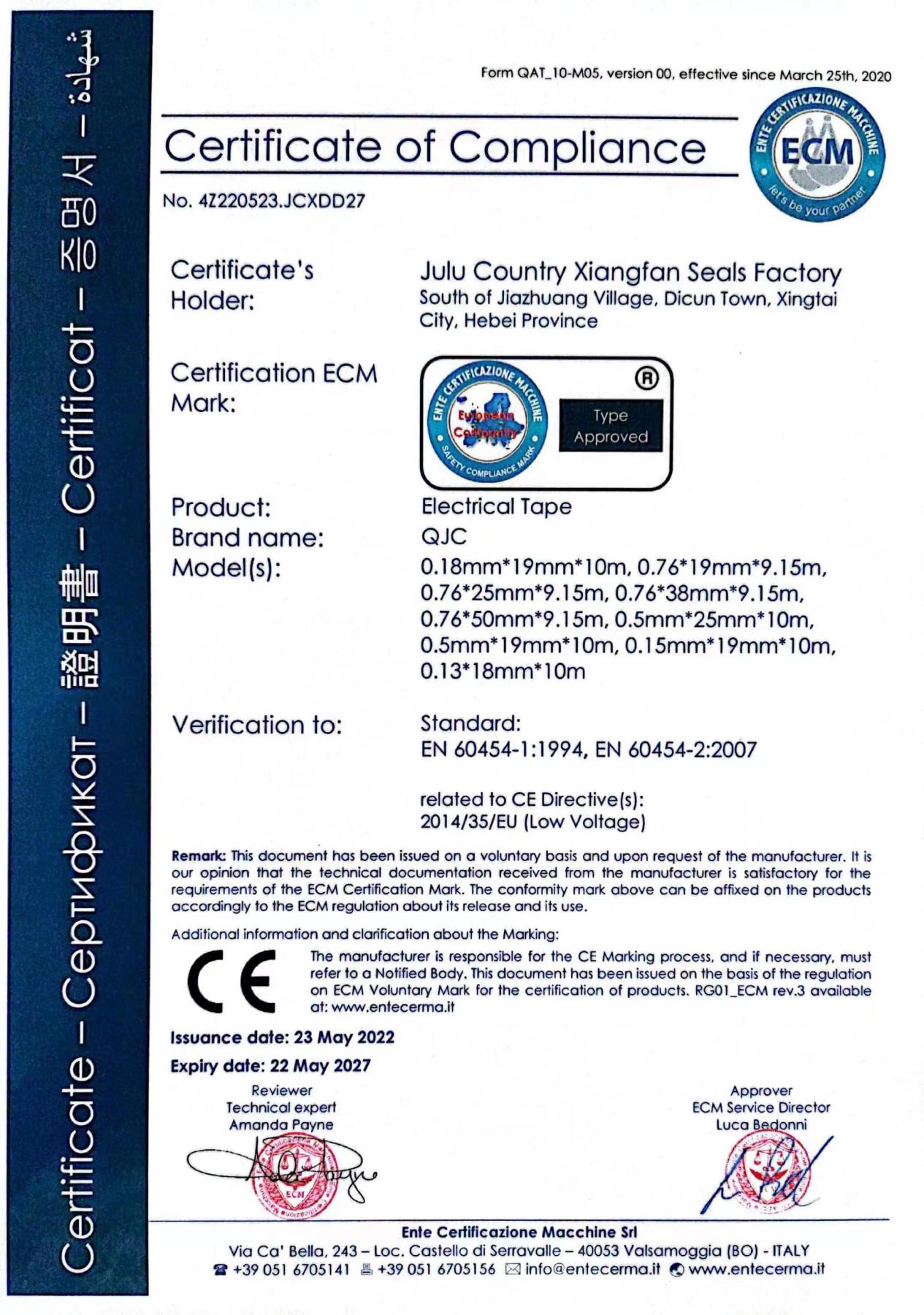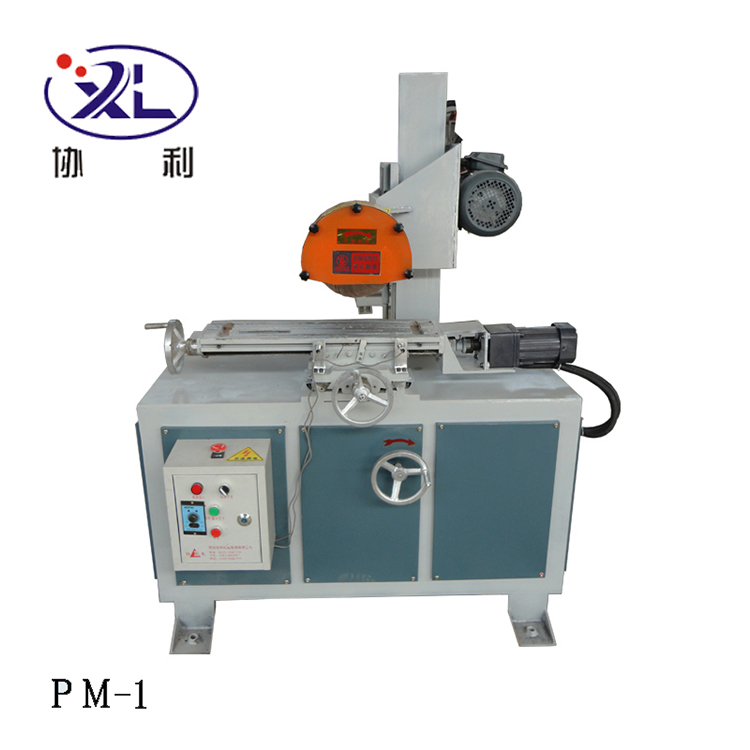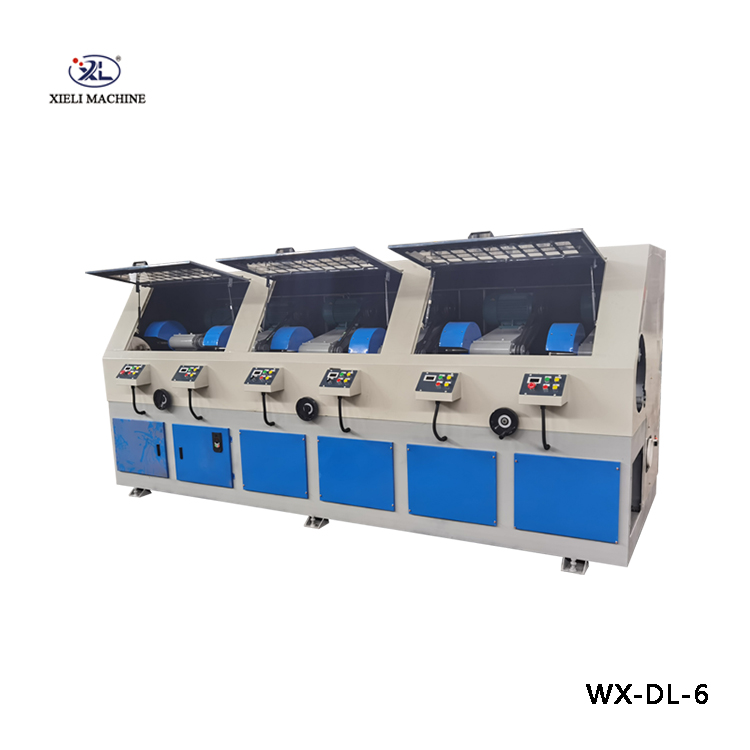The Importance of Coolant in OEM Centerless Grinding
In the world of manufacturing and precision machining, centerless grinding stands out as a vital process for producing high-tolerance cylindrical components. Employing sophisticated machinery and techniques, OEM (Original Equipment Manufacturer) centerless grinders play a crucial role in ensuring efficiency and precision in various industrial applications. One key aspect that often gets overlooked in the grinding process is the use of coolant. This article will explore the significance of coolant in OEM centerless grinding and its impact on overall performance.
What is Centerless Grinding?
Centerless grinding is a machining process that uses abrasive cutting to remove material from a workpiece. Unlike traditional grinding, where the workpiece is held between two centers, centerless grinding operates without supporting the workpiece on both ends. Instead, the workpiece is positioned between a grinding wheel and a regulating wheel, allowing for continuous and efficient grinding operations. This technique is particularly advantageous for producing high volumes of cylindrical parts, such as shafts, rollers, and pins, with a high degree of accuracy.
The Role of Coolant in Centerless Grinding
Coolant is an essential component in the centerless grinding process, serving several critical functions
1. Temperature Control Grinding generates significant heat due to the high-speed rotation of the grinding wheel and the friction between the wheel and the workpiece. Without adequate cooling, this heat can lead to thermal distortion of the workpiece, altering its dimensions, and possibly leading to scrap. Coolant helps dissipate this heat, maintaining the integrity of the workpiece and the grinding wheel.
2. Reduced Tool Wear The abrasive nature of grinding wheels results in wear over time. By applying coolant, manufacturers can lubricate the interface between the wheel and the workpiece, reducing friction and wear on the grinding wheel. This not only extends the life of the grinding wheel but also enhances the quality of the finished product.
oem centerless grinder coolant

3. Improved Surface Finish A well-cooled grinding process contributes to a superior surface finish on the workpiece. Coolant helps to eliminate ground particles and debris that can mar the surface, ensuring a cleaner and finer finish. This is particularly important for OEMs that require precise dimensions and surface characteristics for their products.
4. Chip Removal During the grinding process, metal chips and fine abrasives are generated. Coolant aids in flushing these particles away from the grinding area, preventing them from re-entering the grinding zone. Effective chip removal is vital for maintaining consistent cutting performance and avoiding potential damage to both the workpiece and the grinding machine.
5. Enhanced Process Stability The consistency of coolant application supports process stability, ensuring that grinding operations can be carried out efficiently. Fluctuations in temperature or debris accumulation can affect the grinding performance, but proper coolant management mitigates these issues.
Choosing the Right Coolant
Not all coolants are suitable for every grinding application. Factors such as the material being ground, the type of grinding wheel, and the specific requirements of the finished product must be considered when selecting a coolant. Water-soluble coolants, synthetic coolants, and oil-based lubricants each have unique properties that can influence the grinding process. OEMs should conduct thorough testing and evaluations to determine the most effective coolant for their specific applications.
Conclusion
In conclusion, coolant plays a critical role in the efficiency and effectiveness of OEM centerless grinding operations. By controlling temperature, reducing tool wear, improving surface finish, aiding in chip removal, and enhancing process stability, coolant is indispensable for achieving high-quality results. As technology advances and the demand for precision continues to grow, investing in the right coolant systems and practices will be essential for manufacturers looking to maintain their competitive edge in the machining industry.





